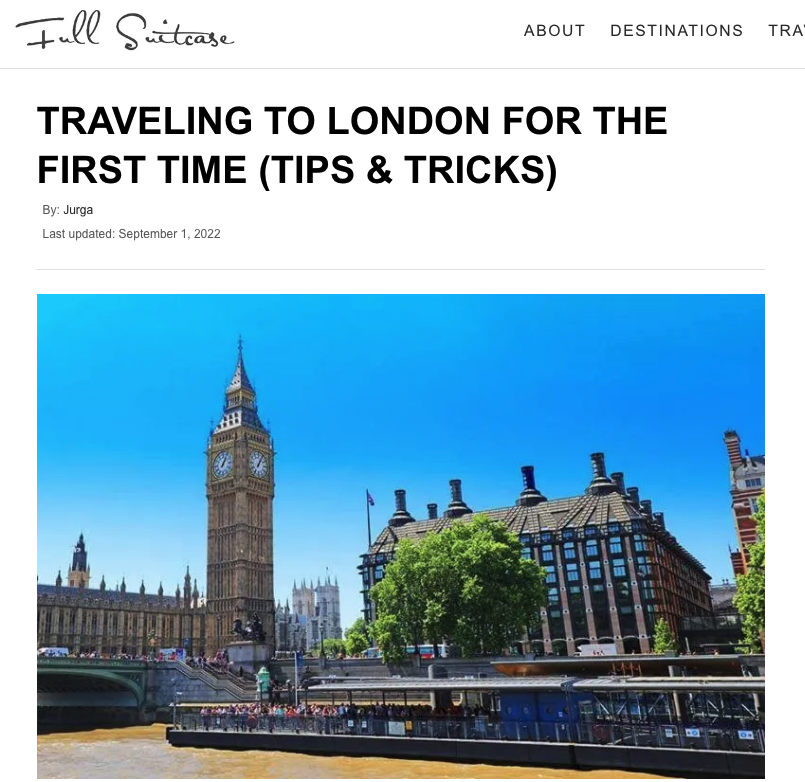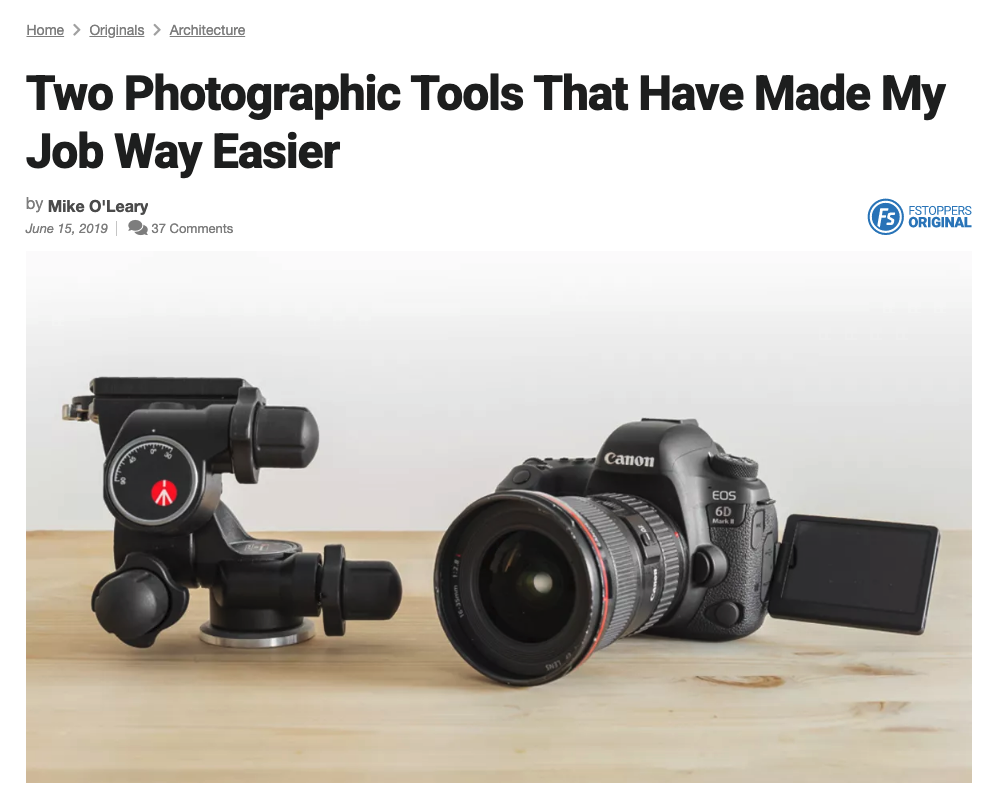- 9 minute read
- Content Marketing
- Digital Marketing
- SEO
All Skill Levels
Join hundreds of other operators and REGISTER NOW for Spark 2024 New Orleans October 13-15th!

Blogging is one of the most effective ways to drive organic traffic to your site, establish yourself as an industry expert and develop a community of readers.
Knowing what areas to focus on when creating your blog posts will help you create better blogs in less time.
So what are the key elements that high-performing blogs all share? Read on!

Picking topics that your target audience wants to read and is actively searching for is essential to writing a popular blog post. Here are a few steps to making sure your topic is a winner!
Your blog post should be organized clearly with headings and subheadings to help guide readers through the content. Giant walls of text are a surefire way to defend your blog from readers.
 Pro Tip: Don’t forget to sprinkle in links to other blog posts and your activities throughout your blog post. This helps with internal linking and directing traffic to the more important parts of your website – the pages where customers can make a booking!
Pro Tip: Don’t forget to sprinkle in links to other blog posts and your activities throughout your blog post. This helps with internal linking and directing traffic to the more important parts of your website – the pages where customers can make a booking!
A clear structure isn’t the only way to break up giant walls of text. Adding attractive images is a fantastic way to keep your readers engaged.
Adding images of people enjoying your activities builds social proof, so it’s important to make sure your images are high resolution and look good on a mobile view.
You can even use infographics and other graphics to help vary the type of content your share in blog posts. Use this guide to optimize your images for search and accessibility.
Titles and headings are often the first element that captures readers’ interest. They will make or break your blog’s SEO, so keep these tips in mind to make sure your blog is at the top of the search engines.

Start with a hook! Readers will only give your article a chance if they are grasped within the first couple of sentences. When writing your intro, try to use one or more of the following techniques to get your readers hooked.
Finish with a call to action! A call to action at the end of your blog will encourage them to book an activity or read on to another blog. On a blog titled “7 Best Scuba Diving Spots in Puerto Rico” you could use a call to action like: “Now that you’ve read about all the best diving spots, go out and experience them for yourself. Book your diving tour below.”
Now that you know what it takes to write a high performing blog post, it’s time to get writing! Keeping a consistent blog schedule will be a great traffic driver for your website and the more blogs you write, the easier they will be.